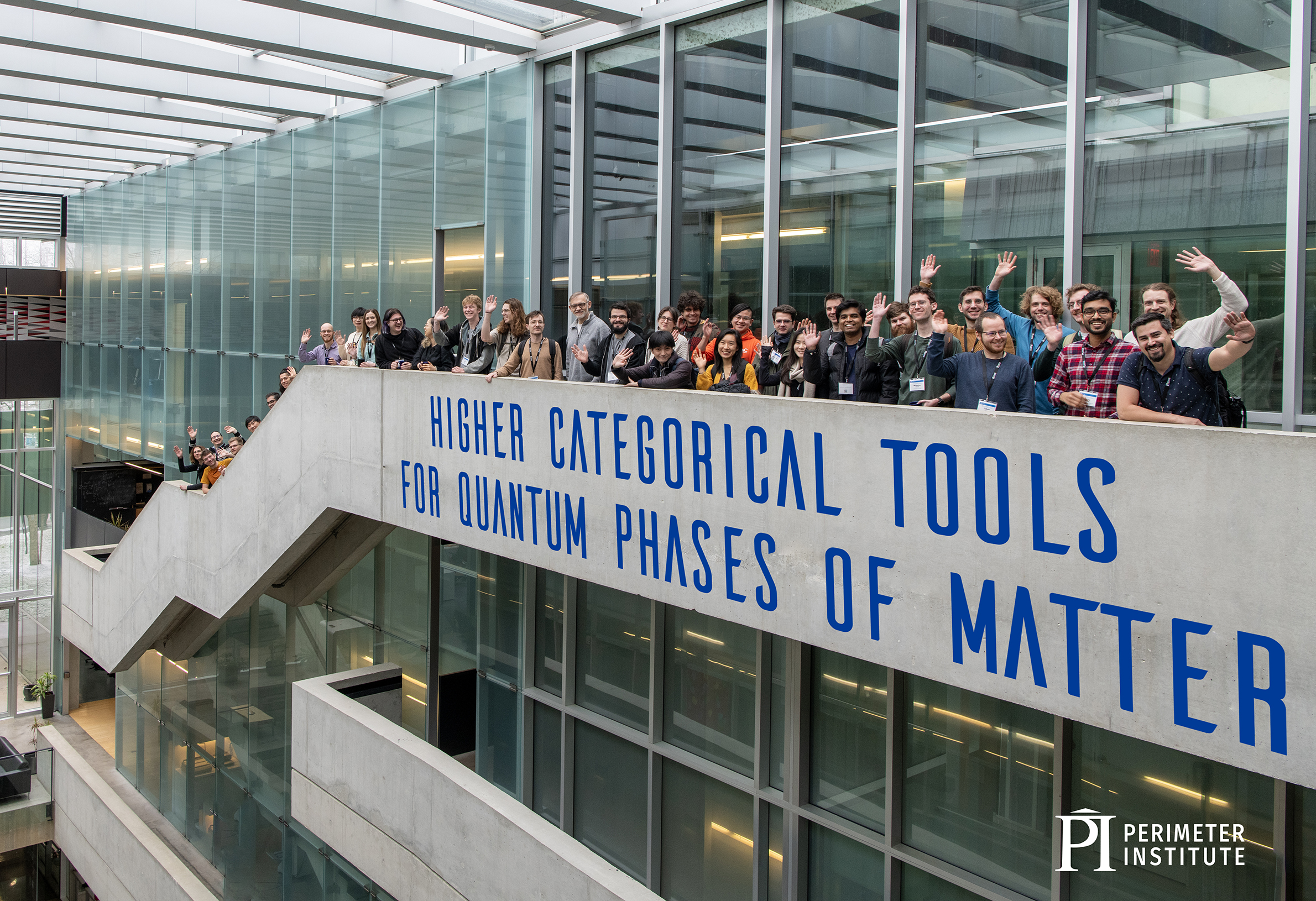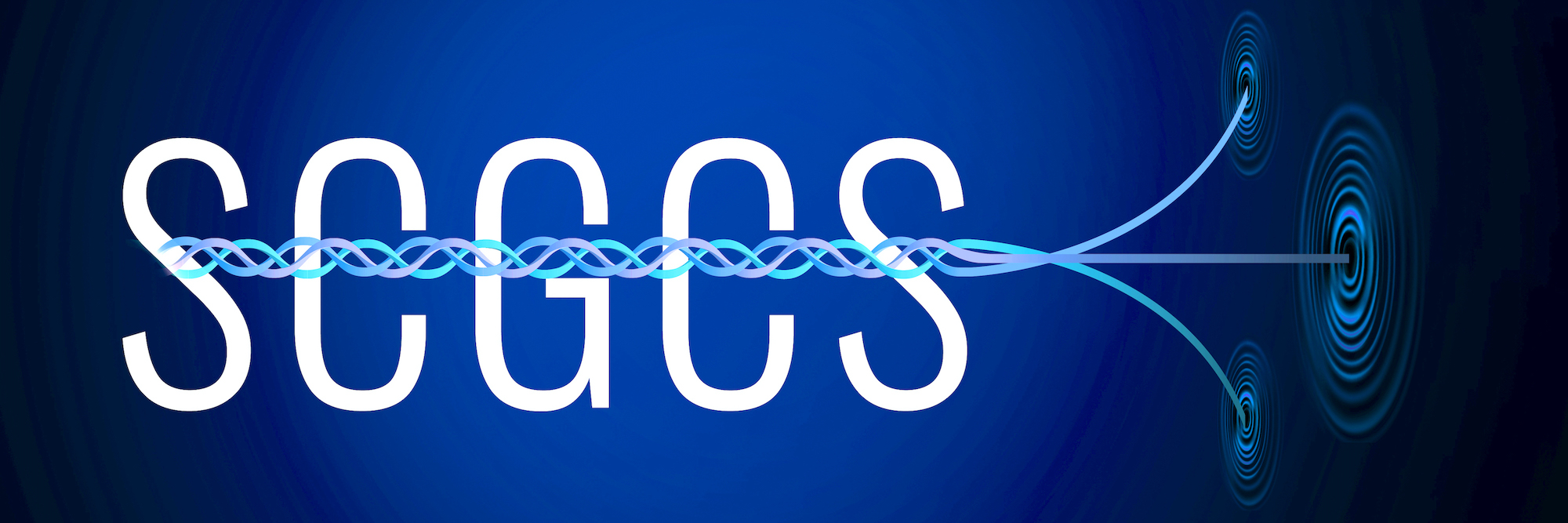Higher Categorical Tools for Quantum Phases of Matter
PI/4-405 - Bob Room
Perimeter Institute for Theoretical Physics
Quantum phases have become a staple of modern physics, thanks to their appearance in fields as diverse as condensed matter physics, quantum field theory, quantum information processing, and topology. The description of quantum phases of matter requires novel mathematical tools that lie beyond the old symmetry breaking perspective on phases. Techniques from topological field theory, homotopy theory, and (higher) category theory show great potential for advancing our understanding of the characterization and classification of quantum phases. The goal of this workshop is to bring together experts from across mathematics and physics to discuss recent breakthroughs in these mathematical tools and their application to physical problems.

Scientific Organizers
Lukas Mueller
Alex Turzillo
Davide Gaiotto
Sponsored in part by the Simons Collaboration on Global Categorical Symmetries

